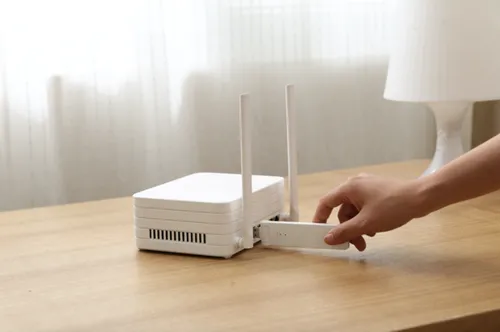IEEE explores new Wi-Fi features: can detect you walking and breathing
TechThursday, 27 February 2020 at 11:28

In recent times, Wi-Fi 6 (802.11ax) has been in the news for multiple reasons. Many manufacturers are already weighing Wi-Fi use cases. In the future, this technology will not only transmit data faster but may even detect user's physical location and breathing rate. The Wi-Fi capabilities being explored by the IEEE (Institute of Electrical and Electronics Engineers) are helping to form a new Wi-Fi standard (802.11be). The capabilities includes connectivity between vehicles and motion detection in the house . The latter is of particular interest because it allows device manufacturers to build health functions around simple devices like routers.

IEEE Chairman Paul Nikolich said: "We want to detect people moving in different rooms without any sensors. This technology is sensitive enough to even detect the user's breathing rate. Because when they breathe, they change RF characteristics and channel characteristics. "
We can imagine the future application of this technology. For example, when a 93-year-old grandmother is at home alone, if she installs WI-Fi with the above functions in her house, we can know whether her behavior is normal and whether she fell.
However, this does not guarantee that Wi-Fi 7 will add human detection capabilities when it arrives. Nonetheless, allowing home networks to detect human presence is important because it can open the door to more innovation. However, the development of this technology needs ensure that users personal data is safe. The IEEE has assigned a dedicated team to address the privacy issues of the new Wi-Fi standard.
Loading






